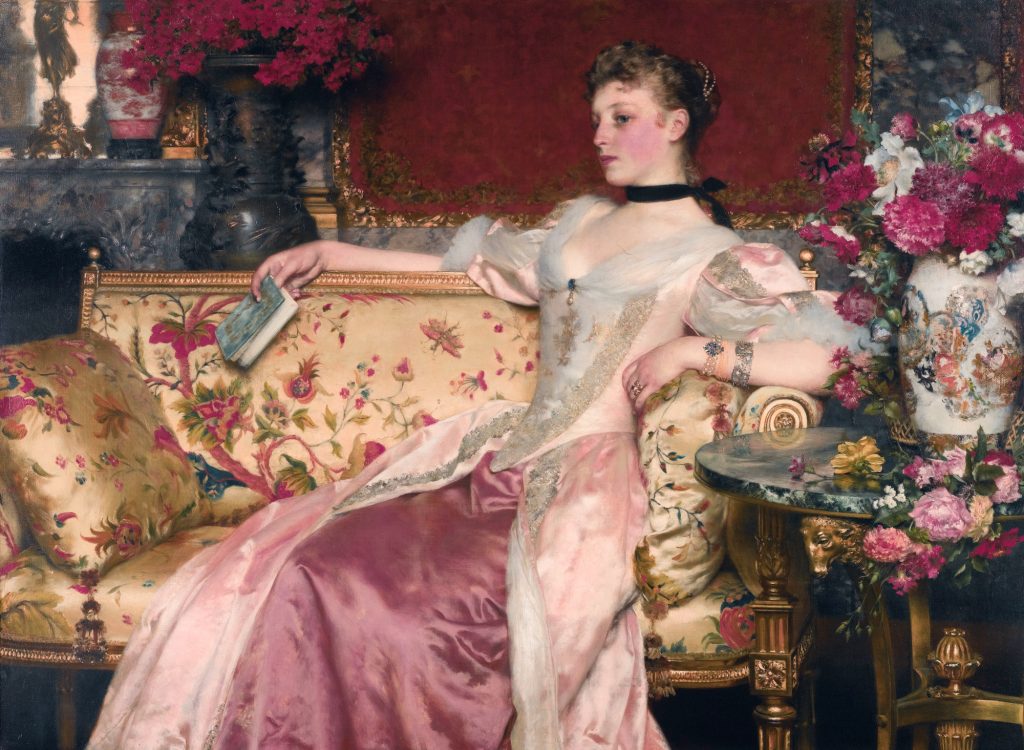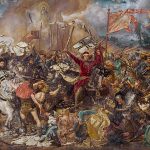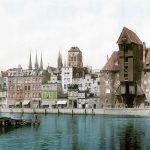
Władysław Czachórski (1850-1911) was a Polish-born artist who gained recognition as a prominent figure in the academic art world during the late 19th and early 20th centuries. He was known for his highly detailed and skillfully executed historical and genre paintings, often set in 17th-century Poland and France. Here’s a biography of Władysław Czachórski:
Early Life and Education:
- Władysław Czachórski was born on December 27, 1850, in Lublin, Poland, which was then part of the Russian Empire.
- He began his artistic education at the School of Fine Arts in Warsaw, Poland, where he received training in the academic tradition.

Artistic Style and Influences:
- Czachórski’s early works were influenced by the academic art traditions of the 19th century, particularly those of the French academic painters.
- He displayed a remarkable ability to capture the textures and details of fabrics, interiors, and historical costumes, which became a hallmark of his later paintings.
Career and Recognition:
- Czachórski gained recognition for his work in Poland and other European countries. He exhibited his paintings at various international exhibitions, including the Paris Salon.
- His meticulous and historically accurate depictions of 17th-century scenes were well-received by art collectors and connoisseurs of the time.
Subjects and Themes:
- Władysław Czachórski was known for his historical and genre scenes set in the 17th century. He often depicted the opulent interiors and courtly life of that era, frequently focusing on aristocratic figures and elegant women.
- His paintings were characterized by their attention to detail in rendering textiles, jewelry, and period costumes.

Legacy:
- Czachórski’s paintings are celebrated for their technical mastery, the meticulous representation of historical settings, and the evocation of the charm and elegance of a bygone era.
- While his work was firmly rooted in the academic tradition, he continued to develop his style and adapt to changing artistic trends, incorporating elements of Impressionism and the Belle Époque.
Władysław Czachórski passed away on July 12, 1911, in the town of Radom, Poland. His legacy endures as an important figure in Polish and European art history, known for his contributions to the tradition of historical and genre painting. His works continue to be admired for their technical excellence and their ability to transport viewers to the refined and romanticized world of 17th-century Europe.




